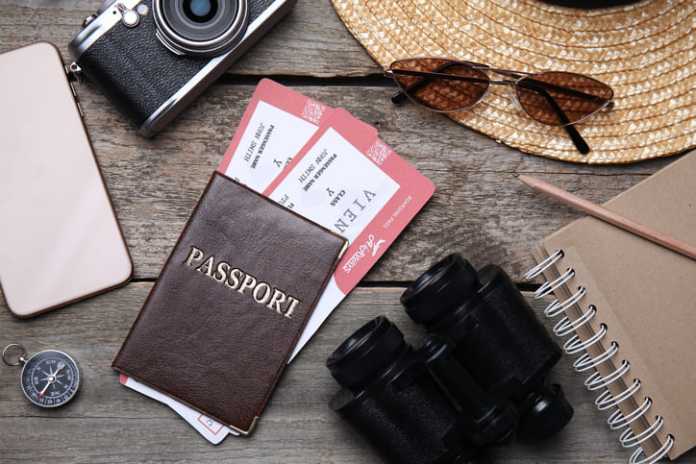Discovering one’s heritage can be a profound and transformative journey. For those with Polish ancestry, securing a Polish passport through descent is not just about claiming a travel document—it’s a doorway to embracing a rich cultural legacy and enjoying the benefits of European Union citizenship. This article explores the essential steps and requirements for obtaining a Polish passport by descent, providing a clear pathway for those eligible to reconnect with their Polish roots.
Eligibility Criteria for Polish Citizenship by Descent
To apply for a polish passport through descent, you must first establish your eligibility for Polish citizenship. The primary criterion is proving Polish ancestry, which can typically be traced through parents, grandparents, or even great-grandparents who were Polish citizens. Here are the key points to consider:
- Direct Descent: You must have at least one parent, grandparent, or great-grandparent who held Polish citizenship.
- Uninterrupted Citizenship: It’s crucial that Polish citizenship was maintained through the generations, without any formal renunciation.
- Documentation: Gathering vital records such as birth, marriage, and death certificates from Polish authorities is essential to prove the lineage.
Understanding these criteria is the first step in the journey toward reclaiming your Polish heritage through citizenship.
Documentation and Application Process
The process of applying for a Polish passport requires gathering a substantial dossier of documents to substantiate your Polish lineage. The essential documents include:
- Birth certificates of all direct ancestors in your Polish lineage.
- Relevant marriage certificates to support changes in surnames and familial links.
- Any available Polish identity documents of your ancestors, such as passports or military records.
- Official statements certifying that your ancestors did not renounce their Polish citizenship.
Once the necessary documents are collected, they must be accurately translated into Polish and submitted to the nearest Polish consulate or embassy. This step marks the formal beginning of your application process for citizenship by descent.
Navigating the Legal Landscape
The legal aspects of reclaiming citizenship can be complex, involving multiple facets of Polish and international law. Applicants might often need to engage with legal professionals who specialize in citizenship matters to navigate the intricacies of Polish nationality law successfully. These experts can provide invaluable assistance in dealing with bureaucratic challenges and ensuring that all paperwork is compliant with Polish legal standards.
Benefits of a Polish Passport
Securing a Polish passport opens up a host of advantages, particularly within the European Union. Some of these benefits include:
- Freedom of Movement: Enjoy the right to live, work, and study in any of the 27 EU member states without the need for special visas or permits.
- Voting Rights: Participate in Polish and European parliamentary elections, giving you a voice in the political landscape of your new home country.
- Access to Healthcare and Education: Benefit from access to the public healthcare and educational systems across the EU.
Conclusion
Applying for a Polish passport by descent is a meaningful step toward embracing your Polish heritage and enjoying the privileges of European Union citizenship. While the process requires meticulous attention to documentation and eligibility criteria, the rewards of reconnecting with your roots and expanding your global opportunities are immense. Whether it’s for the freedom to explore Europe, the right to work and reside in a vibrant cultural sphere, or the personal journey of connecting with your ancestors, the pursuit of a Polish passport by descent is a worthy endeavor.







